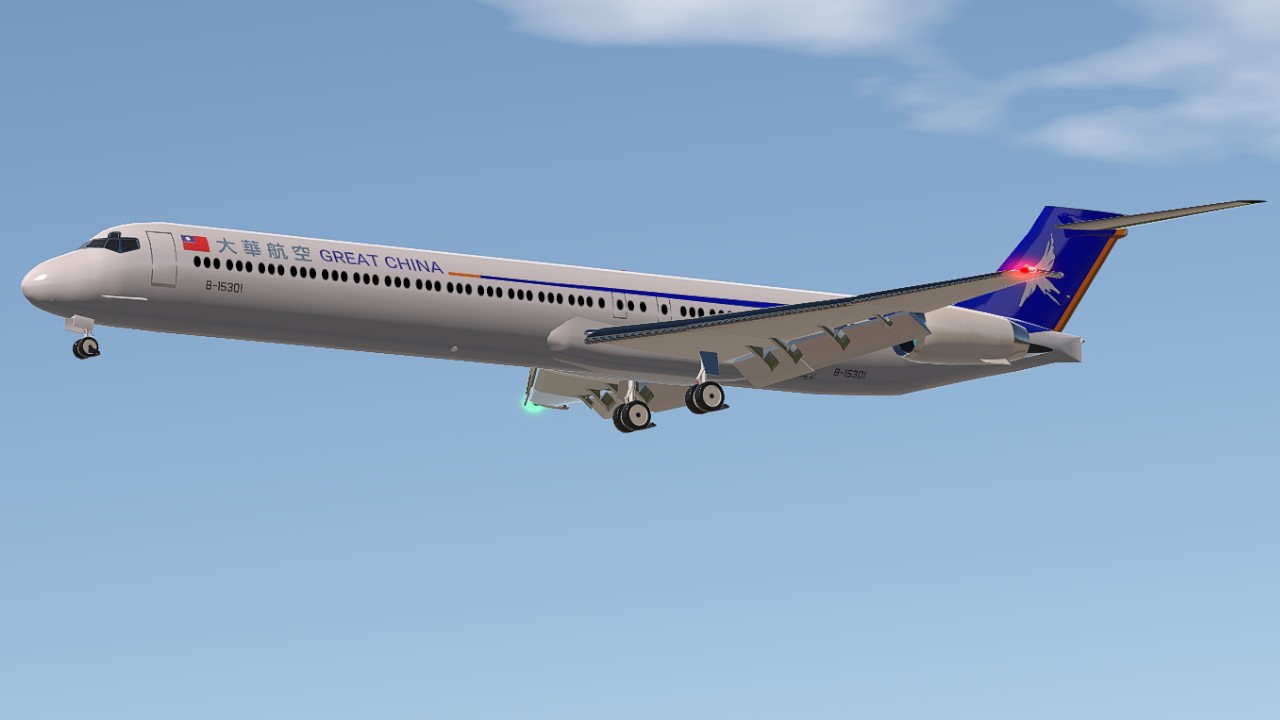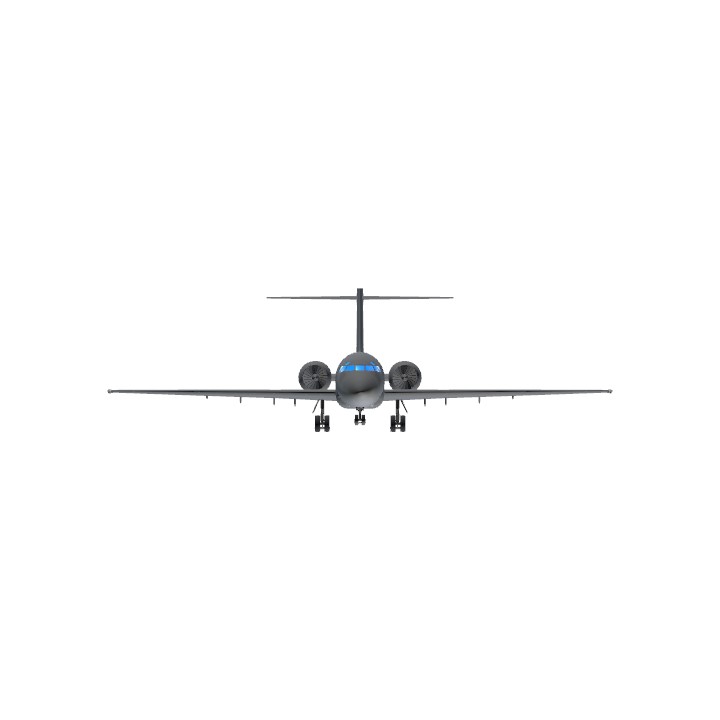 Image source
Image source
Before 1987, Taiwan's aviation industry was a highly regulated "licensed industry". At that time, the aviation transportation industry was mainly operated by the government. China Airlines, as the state-owned flagship airline, had long monopolized international routes and some domestic routes. Even if the consortium has strong financial and technical background, it cannot establish an airline without government authorization, and market competition is almost non-existent.
As Taiwan implemented economic liberalization policies in the early 1980s, the government began to review its intervention strategies in the industry, and the monopoly and franchise system in the aviation industry also faced the opportunity to loosen for the first time. In 1987, the government officially promoted the "Open Skies Policy", allowing private capital to enter the aviation market for the first time, injecting new vitality into Taiwan's aviation industry.
Great China Airlines became one of the earliest beneficiaries of this reform wave. Dahua Airlines was founded in 1966. In the early days, it mainly used helicopters to engage in general aviation business such as pesticide spraying, material transportation and charter flights! 
Image source However, due to poor management, the line was temporarily suspended and sold to a new owner. In 1987, when the government opened up applications for airlines and routes, China Airlines, after a change of ownership, reapplied for resumption of flights and officially transformed into a civil aviation transport operator, becoming a representative case of Taiwan's aviation liberalization.
On July 15 of the same year, the Taiwan government announced the lifting of the 38-year-long martial law system, symbolizing the full opening of politics and society. With the relaxation of regulations and the liberalization of capital, corporate conglomerates have become optimistic about the potential of the aviation market and have begun to prepare for the establishment of new airlines, laying the groundwork for the flourishing aviation industry in Taiwan in the future.
In the 1990s, against the backdrop of rapid economic growth and improved living standards, Taiwan's aviation market entered a golden period of development. Whether it is a business trip or domestic tourism, the demand for flights is increasing year by year, and flying has become one of the daily transportation options for the public.
Among them, the busiest route within Taiwan Island, the Taipei-Kaohsiung route (Beikaohsiung route), once became one of the busiest short-haul routes in the world. At that time, there were more than 100 flights per day, with an average of one flight taking off every 10 minutes, which was called "air express", reflecting the booming domestic aviation market at that time.
Image source
great China Airalso purchased the structurally enhanced McDonnell Douglas MD-90-30-IGW to compete on the Taipei-Kaohsiung route
In April 1994, EVA Air acquired a 24% stake in China Airlines. On July 1, 1998, in order to comply with the resource sharing policy of the Civil Aeronautics Administration of the Ministry of Transportation, EVA Air merged China Airlines, Makung Airlines and Taiwan Airlines into Uni Air.
in game


Specifications
General Characteristics
- Predecessor McDonnell Douglas MD-90
- Successors 1 airplane(s) +28 bonus
- Created On iOS
- Wingspan 109.0ft (33.2m)
- Length 155.1ft (47.3m)
- Height 31.0ft (9.4m)
- Empty Weight N/A
- Loaded Weight 90,535lbs (41,066kg)
Performance
- Power/Weight Ratio 0.297
- Horse Power/Weight Ratio 0.033
- Wing Loading 33.5lbs/ft2 (163.6kg/m2)
- Wing Area 2,702.2ft2 (251.0m2)
- Drag Points 8839
Parts
- Number of Parts 490
- Control Surfaces 9
- Performance Cost 3,027





hmm very great china air
Hey I followed you on TikTok and would you mind making a B2 spirit??
Also im on ipados/ios
Yo how do you do that on ios
Great to see another retro livery be brought back to life here on SimplePlanes. =D
first in this post 1000000000%